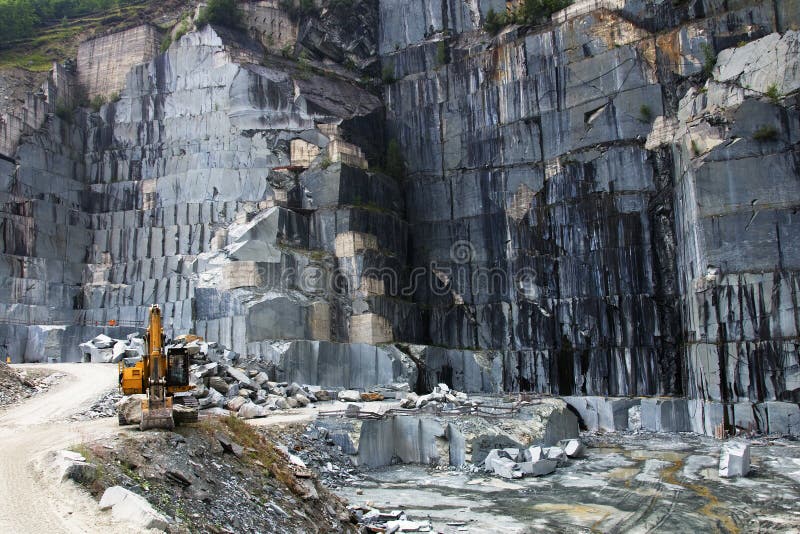Granite Quarries in South Africa Marvels: Exploring the Quarry Landscape
Granite Quarries in South Africa Marvels: Exploring the Quarry Landscape
Blog Article
Discovering the Rich History and Lasting Practices of Granite Quarrying
As we stand on the precipice of revealing the elaborate tapestry of granite quarrying, a trip via time discloses not simply the physical act of extracting stone but additionally the social and historical significance woven into the very textile of this method. From the old beginnings that laid the structure for modern-day quarrying techniques to the sustainable methods that are shaping the future of this market, each chisel mark on granite surface areas narrates waiting to be uncovered (granite quarries in south africa). The tradition of granite quarrying stretches far past mere extraction; it is a testament to human ingenuity, resilience, and the enduring attraction of this majestic stone
Old Origins of Granite Quarrying
Dating back to old civilizations, the method of quarrying granite has been an important part of human history and building improvement. The earliest evidence of granite quarrying days back to ancient Egypt, where huge pyramids and complex sculptures were crafted from this long lasting rock. The Egyptians made use of primitive tools to extract granite blocks from quarries, showcasing the relevance of this material in their monumental buildings.
Progressing in history, the Greeks also made substantial contributions to the quarrying of granite. The Greeks made use of granite in different building wonders, such as temples and sculptures, demonstrating their ability in shaping and carving this hardy rock. The Romans further refined the methods of quarrying granite, employing innovative tools like chisels and hammers to extract and form granite for their famous frameworks.
Via the centuries, the method of quarrying granite has actually advanced, with modern innovations boosting effectiveness while maintaining the classic charm of this natural stone - granite quarries in south africa. From ancient human beings to modern home builders, the legacy of granite quarrying continues to shape our globe
Advancement of Quarrying Techniques
The advancement of quarrying methods has actually been marked by a continuous progression in the direction of greater performance and accuracy in drawing out granite. Early quarrying techniques entailed hands-on labor with standard tools such as blades, hammers, and wedges to draw out granite blocks from the earth.
In even more current times, the arrival of machinery revolutionized the quarrying sector, making it possible for much faster extraction rates and raised efficiency. Technologies such as ruby cable saws, high-pressure water jets, and pneumatically-driven drills have ended up being conventional in modern quarries, permitting accurate cutting and minimized waste. Innovations in computer-controlled devices and 3D modeling have optimized quarrying operations, leading to minimal ecological effect and improved sustainability techniques. As the demand for granite proceeds to increase, the development of quarrying methods stays important to meeting official statement market requires efficiently and sustainably.
Cultural Value of Granite
Granite holds an extensive cultural significance throughout different people due to its long-lasting visibility in architectural work of arts and respected monuments. The social importance of granite prolongs beyond its physical attributes; it personifies resilience, security, and eternity, making it an icon of sustaining heritages and traditions.

Sustainable Practices in Quarrying
In the middle of the rich history of granite quarrying and its cultural blog here importance lies an expanding focus on lasting techniques within the market. As ecological awareness and concerns regarding source depletion have actually enhanced around the world, the quarrying market has actually significantly embraced lasting techniques to reduce its effect on the environment and surrounding areas.

Furthermore, recovery and rehabilitation of quarry websites post-extraction are indispensable to sustainable practices. By restoring quarried areas to an all-natural or valuable state, such as creating wild animals environments or leisure rooms, quarriers can balance out the environmental footprint of their procedures and contribute favorably to the regional environment.
Legacy of Granite Quarrying
With a historic backdrop soaked in workmanship and commercial progression, what enduring impact has granite quarrying left on the landscape of modern society? The heritage of granite quarrying transcends simple removal methods; it has formed building wonders, city landscapes, and social heritage worldwide. The durable nature of granite you can try this out has actually made it a recommended option for monuments, structures, and infrastructure, standing as a testimony to the ability and artistry of quarry workers across generations.
Furthermore, the economic impact of granite quarrying can not be neglected. The industry proceeds to offer employment opportunities and drive regional economic situations in areas where granite extraction is common. It has actually also spurred technical innovations in quarrying methods and devices, resulting in a lot more efficient and sustainable techniques.
In regards to sustainability, the legacy of granite quarrying includes efforts to minimize ecological impacts via reclamation projects and responsible resource administration. By stabilizing economic interests with environmental stewardship, the sector aims to guarantee that future generations can continue to gain from this enduring natural source.
Verdict

Report this page